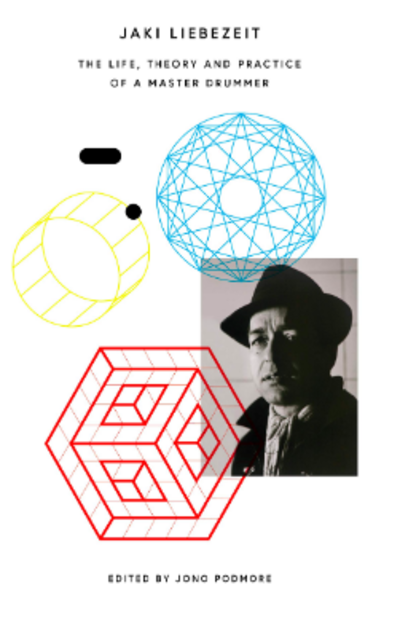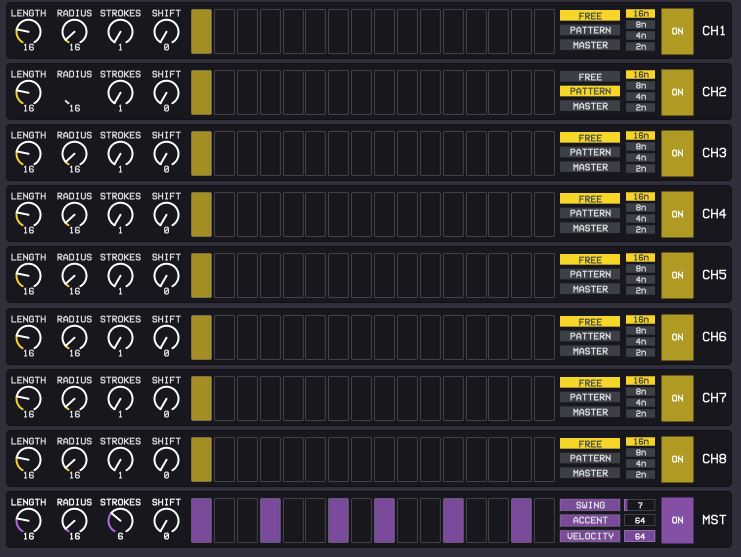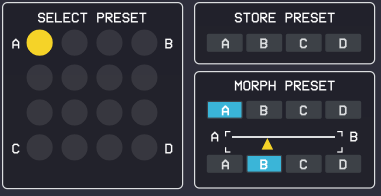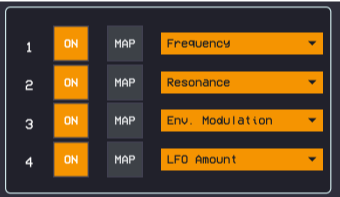The latest pattern tool for Ableton Live and Max for Live is a source of complex rhythms, new ideas, and performance tools. And it all started with a good read about a real drummer.
The overload of social media and news means we live in a great time to slow down and read a book. And so even with a load of Max for Live devices out there, our story begins with some in-depth reading by developer John Howes unplugging from the screens and having a proper read.

The late Jaki Liebezeit was the drummer from German experimental rock band Can. (See obits in The Guardian, Rolling Stone.) Lovers of his work successfully crowd-funded the exhaustive book “Jaki Liebezeit: Life, Theory and Practice of a Master Drummer.” (Well, you inspired me to get this, too, John!)
Part of why I love software in music is that it can mirror compositional ideas, the practice of musicianship. So sure enough, while these Max for Live devices aren’t instant “Jacki in a Can” (uh, sorry) – that rock band did spark some investigations of rhythm and pattern in software. And now you can reap the benefits, and see where it takes you.
Euclidean rhythms are nothing new – the basic idea is to spawn somewhat symmetrical patterns mathematically. It’s grown in popularity partly because these symmetries are commonly found in music as diverse as cumbia and Bulgarian folk music. Strokes builds on this idea by conceiving rhythm as a “flow controller” for rhythm – letting you “focus on the overall movement” of patterning in time. You get controls for length, “radius,” “strokes,” and “shift.”

It’s just a really elegant, visual interface for the technique. And by reducing everything to those four controls, there’s space to add channels – a full eight of them, so you can layer really complex polyrhythms.

There are loads of other features, too:
- On-the-fly controls, including variations and fills (so this is great for performance)
- Snapshots – store, recall, and crossfade between four, and then create 12 automatic variations
- Link for repetitive beats, unlink for polyrhythms
- Pattern automation and modulation, plus MIDI output (which you can then route straight into Ableton Live for later editing and arrangement)

You can also now add accents and swing, and create dotted and triplet rhythms with a custom clock rate selector.
And then there’s Stroke’s companion, Weights. The notion of weights is using the same technique for modulation – 4 buses you can route anywhere, complementing Strokes’ 8 channels of patterns.

Route to a Live parameter, or a VST plug-in – whatever. Inside Weights, you can also shape the modulation signal, modular synthesis fashion – using slew limiters and delays, for instance. And you can again work with snapshots and morphing and use automation and modulation with that.

In other words, these two tools let you turn Ableton Live into a semi-modular powerhouse for exploring polyrhythms, both in musical note/percussion patterns and modulation.
So, uh… whoa.
https://www.congburn.co.uk/strokes
Strokes is GBP 10 to download. Weights is a GBP 10 add-on; it requires Strokes, so think of it as an expansion pack.
If you just want a demo, though, you can grab the simple ‘alpha’ version and try that for free.
Really brilliant stuff – and John has a whole independent Bandcamp label to check out, too, while you’re at it. People making fascinating music and fascinating music tools – something about the times we live in.